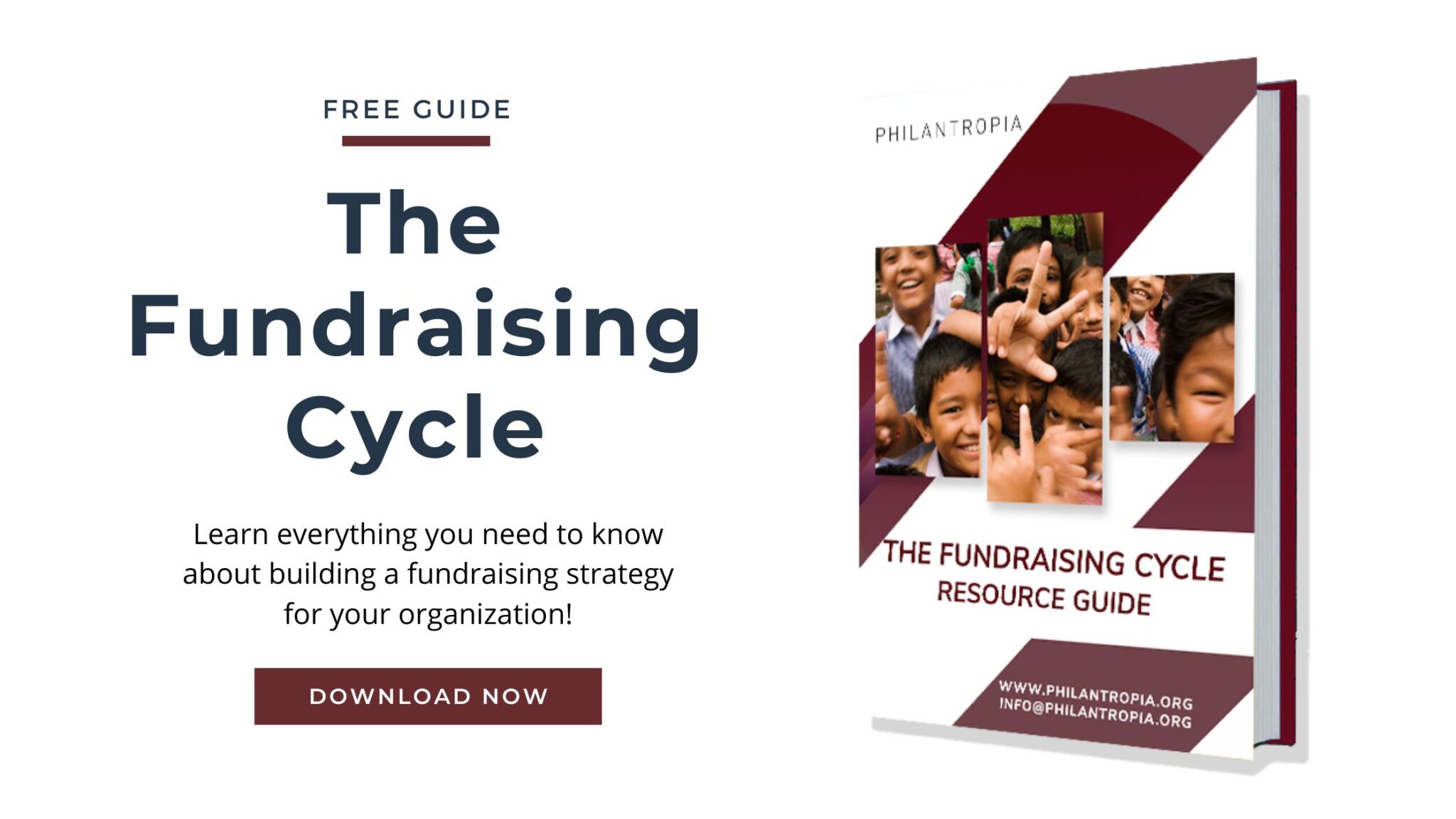The donor has given you money and now wants to see what you did with it. Donor reporting is a primary component of donor obligation. Reporting communicates a program or a project’s results to the donors who have or will invest in it. Writing good reports is one of the most important things to do to show a donor that you are a good partner in the long run.
Once the project is finished- reporting is an essential, but perhaps sometimes a boring task. The thought of sifting through data, evaluating and wording them can be tough, but nevertheless, it needs to be done. Many NGOs often write reports at the last minute – with very little thought about the impression it will give the donor. You may lose the trust of the donor if the report is not well designed. Choosing a right reporting format is important to best communicate the progress of your project. Additionally, the steps you take during reporting and after can also play a leading role in making sure the donor gets the message and also strengthen the relationship.
Identify Reporting Requirements
What makes a report interesting for a donor is how much information you are giving to them. The mantra to follow is ‘The report is for the donors’. In order to create a useful report that the donor would actually be interested in reading, make sure to only include the information that they require. Timing is also very important. There is nothing worse for a donor than not hearing from a project for months only to find out by the end date that there were problems that could have easily been solved had they known about them from the beginning. If you cannot achieve a particular milestone, let the donor know and explain exactly the reasons for this shortfall. Sharing difficulties and problems in a timely manner is not a sign of weakness, but of professionalism. And being honest, even when it is seemingly to your disadvantage, shows that you are a reliable partner in the long term. If your donor has provided you a reporting guideline, follow it to the core. If not, try to understand the donor’s requirement- why do they need the report, and how do they want to use it and when.
Make it Personal
Unlike proposals for a grant, reporting is somewhat flexible when it comes to channeling the content. If your donor does not require you to do a formal report, you might want to make it personal. A face to face meeting, a personal email or a note can also be used as project reporting. Meeting with your donor might be difficult, but you can always ask. A friendly thank you letter can engage you on a personal level with your donor. Use it as an opportunity to share the progress report. It can be a small progress or a milestone. Write a brief but descriptive paragraph on how their money is being used for and how it is changing lives or solving a problem. Keep it friendly, but do not get too personal.
Use Visual Media
The only text makes everything boring. While composing and formatting reports are important, visual aids like photos and videos that you can use throughout your report are equally as important. Visual aids can be very powerful tools to stir the emotion of the reader, thereby enhancing the impact of your reports. The more detailed, colorful, descriptive, or emotional the material, the more the brain will absorb it. An image of your project in action is one of the best ways of demonstrating both your appreciation towards donors and the project’s progress. If a picture is worth a thousand words then a video is worth 1.8 million words. A combination of image and dialogue makes a video report a unique and compelling tool to grab the donors attention.
Storytelling Approach
In the development sector, donors and NGOs have acknowledged the importance of storytelling for some time now. Donors themselves have been asking for stories of success from their grantees. NGOs routinely collect the stories of their beneficiaries, highlighting how their efforts have impacted the lives of the people they set out to serve. Donor reporting is the best time to share those stories. But there might be a limit to the amount of actual ‘story-telling’ you can do when you’re writing a project report. Even if you have only one success story to share, use it at the beginning to grab the attention of the reader. Describe the magnitude of the problem and how it has been solved with the support of the donor.
Invite Them
The next approach you want to take is inviting your donor to the project site. Donors can be a part of the project report itself. What better way can donors monitor the project than by inspecting the progress themselves. It is important for your donors to connect physically with your NGO and to see the work behind the cause. This not only shows your transparency but it also helps to establish a long-term relationship with your donors. Keep them excited about the outcome of their investment.



